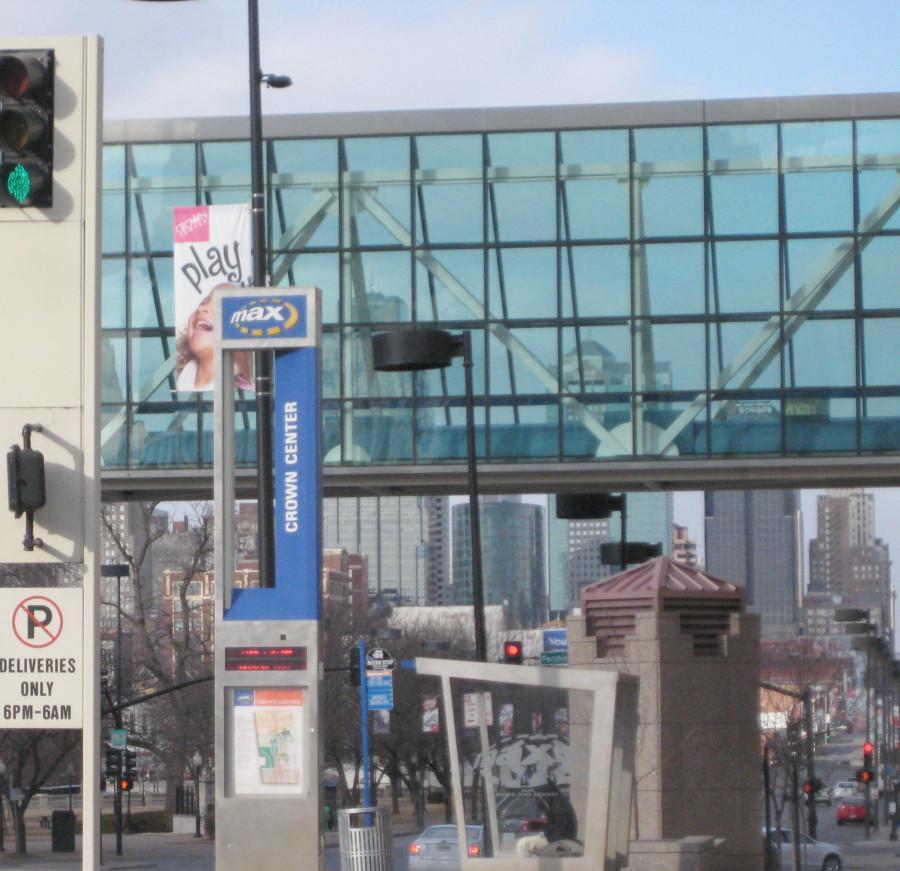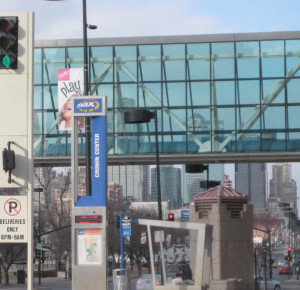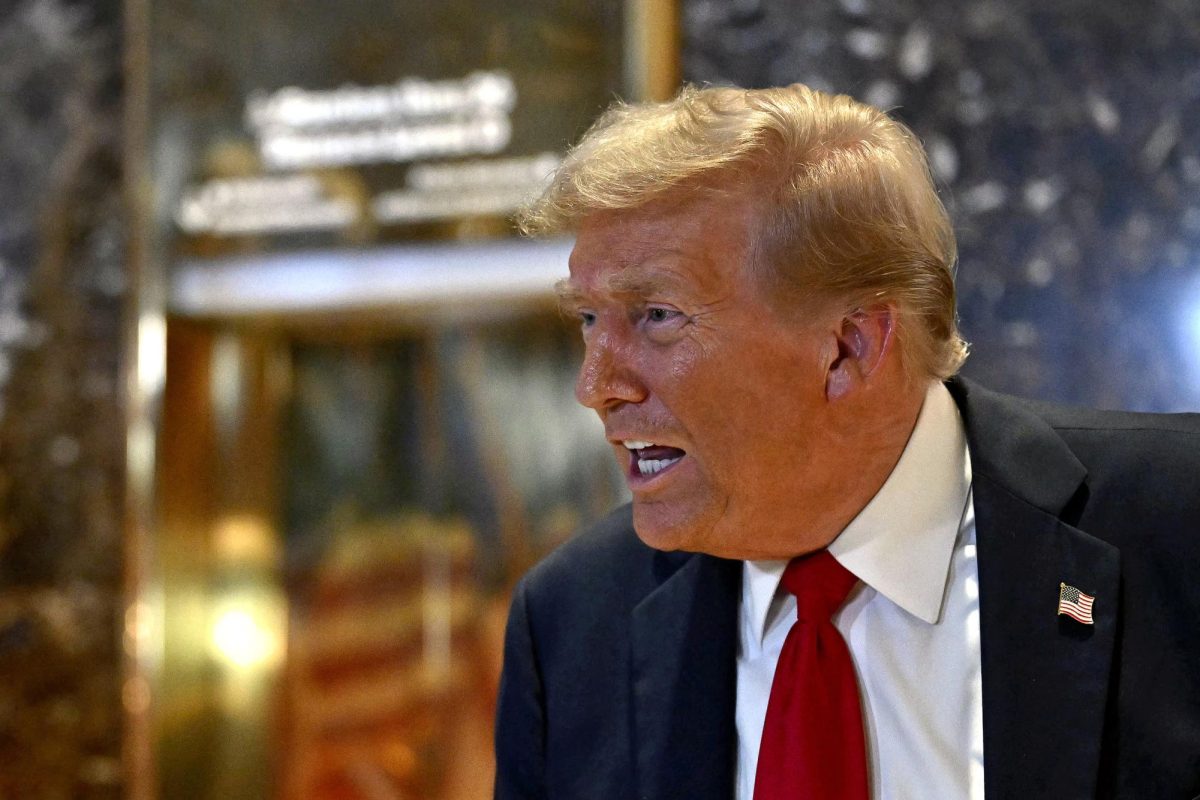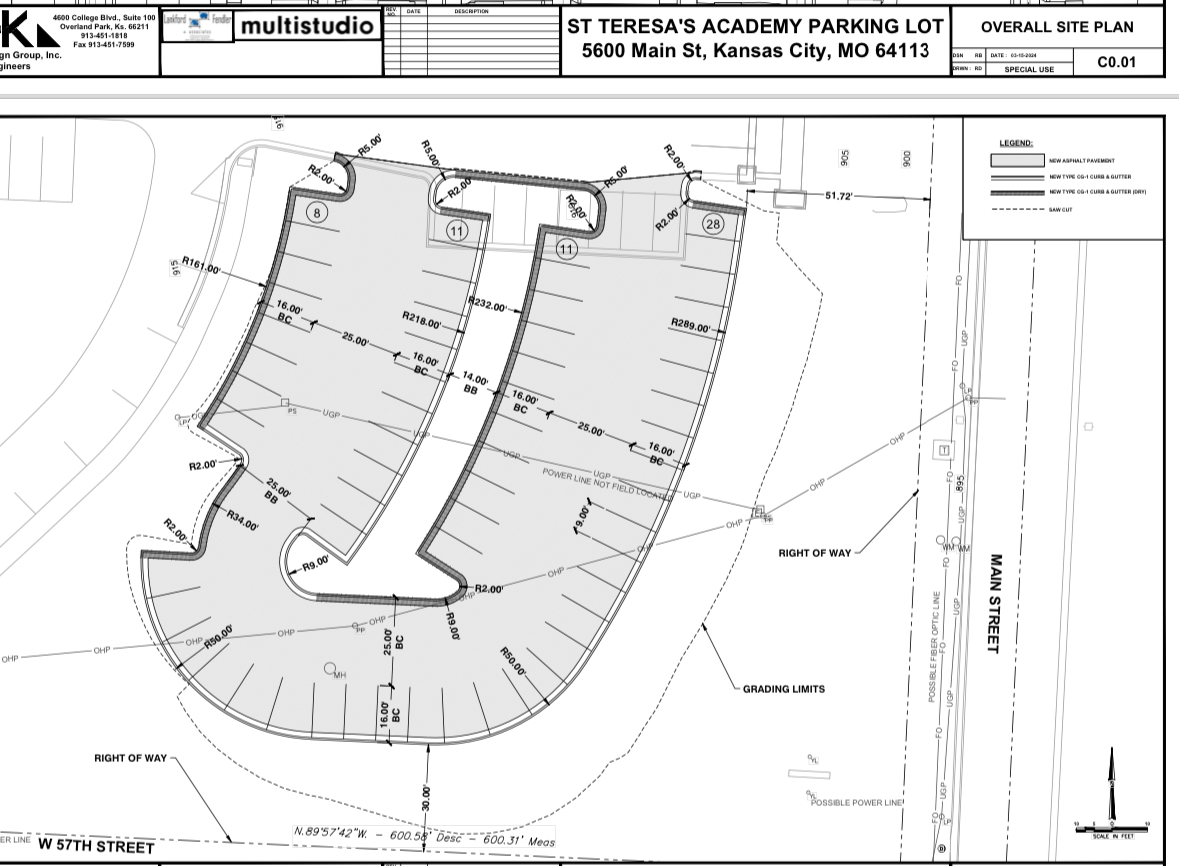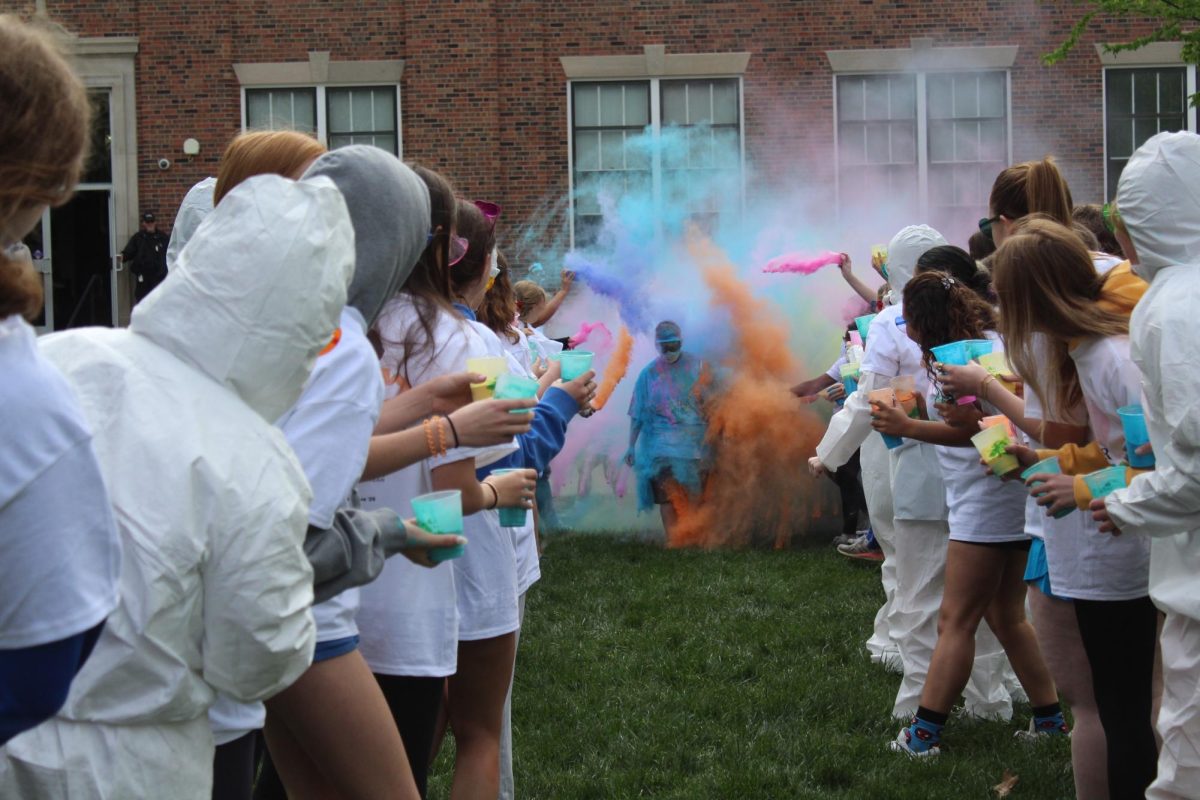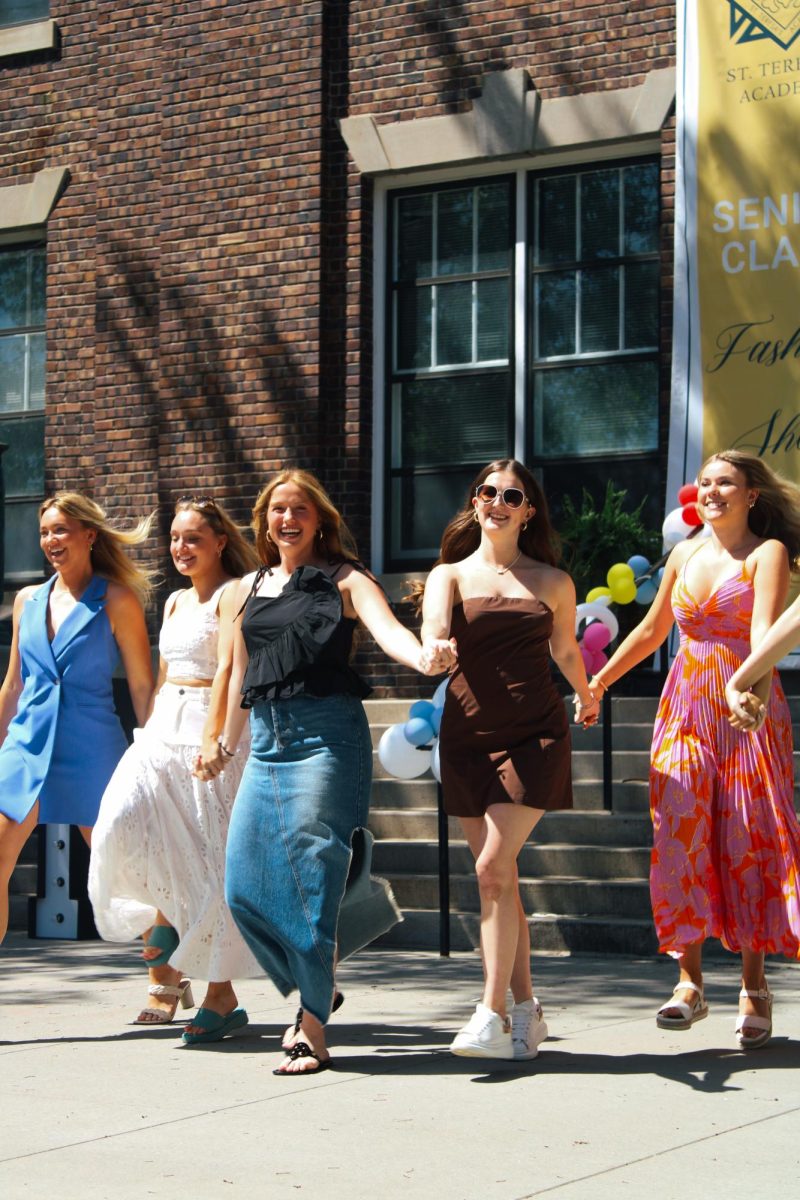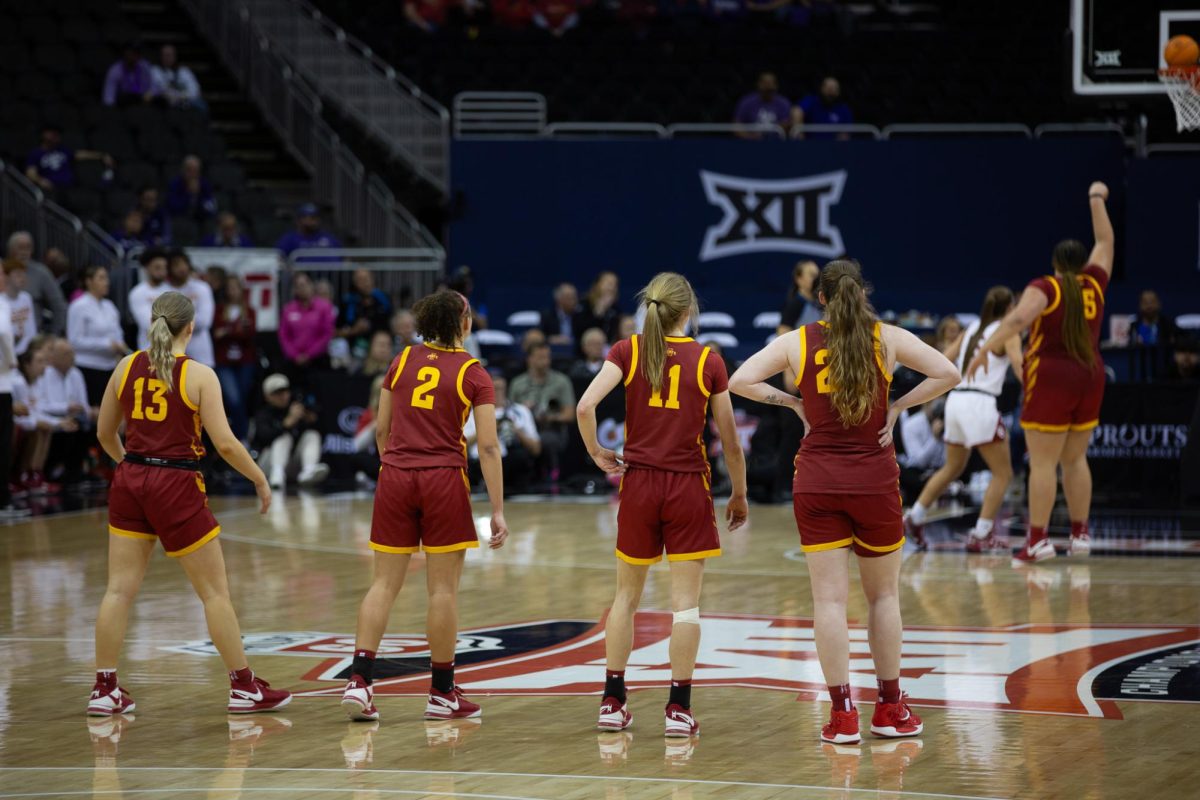by Emma Willibey
Kansas City’s streetcar, whose two-mile track loops from Union Station to the River Market, opens summer 2015 after voters’ 2012 approval. Mayor Sly James told the Kansas City Star the 18-stop route, which links 65,000 employees to attractions like Liberty Memorial, will further Kansas City’s “renaissance.”
“[The streetcar] could make us a lively and exciting place,” Crown Center president Bill Lucas said.
Last August, a council including Sen. Claire McCaskill and Rep. Emanuel Cleaver secured the streetcar a $20,000,000 federal grant, the Kansas City Star wrote. However, Crossroads Community Association president Suzie Aron said downtown property and sales taxes will also fund the project. According to Aron, raised prices may lead residents seeking budget-friendly entertainment to discount the streetcar.
“The [streetcar’s] cost is being absorbed to some extent by property owners who are in that district,” Aron said. “The restaurants who are in that district, they have an additional sales tax.”
However, Lucas said Kansas Citians’ interest in destinations like the Power and Light District has powered the streetcar’s success.
“I was on task force committees since ’96,” Lucas said. “[The streetcar project] probably started and stopped four or five times. The difference was this mayor and this council took a more aggressive approach.”
According to Aron, the streetcar’s in-your-face construction has challenged businesses. For example, Aron said surgeons and restaurant owners worry about water-line breaks. Utility conflicts offset the streetcar’s excitement, Aron said.
“Business interruption and construction has hurt,” Aron said. “In general, [there are] big barriers so that you can’t park next to the businesses you’re trying to get to.”
While construction is temporary, Aron said the streetcar’s limited route endangers ridership. District defender Susan Hogan, who works downtown, said she cannot consider using the streetcar until it branches into neighborhoods like the Country Club Plaza.
“Downtown residents would be the people who seem most interested in [the streetcar] right now,” Hogan said. “If [the streetcar] goes far enough south, I would probably ride it downtown.”
According to Lucas, the current installment is a “starter route” like those that launched streetcars in Denver, Colo. and Portland, Ore. After creating a downtown track, Lucas said, the cities pushed routes into the suburbs. As bistros and galleries emerged along the rail, citizens’ investment in downtown culture grew.
“[The streetcar is] a cooler way to get around,” Lucas said. “It goes hand in hand with living in a loft and being an urbanista.”
According to Lucas, Kansas City’s Midwestern nature roots citizens to suburbs like Overland Park, Kan. Consequently, Kansas City lacks the clubs and cafés to increase its adolescent population.
“[Young people] follow jobs, that’s number one,” Lucas said. “Then they follow coolness, hipness. They like certain theater and cultural activities and music. My kids, they’re 24 and 26; they find other places more culturally stimulating.”
While Lucas said the rail will spawn business by promoting singles-friendly culture, Hogan said widening the area’s audience will revitalize downtown.
“There’s nothing [downtown] that has a wide range of shoppers,” Hogan said. “The only clothing stores are only kind of little boutique-y things over in the Power and Light. [Downtown may improve] if we had stores that didn’t just appeal to young hipsters.”
Regardless of target age, businesses have latched onto the streetcar, Lucas said. According to Lucas, developers planned two apartment buildings as well as restaurants and a 250-room Crossroads Arts District hotel along the route. Similarly, Lucas said the USA’s General Services Administration will relocate near Union Station in two years.
“Almost every city that’s done [the streetcar] has had economic growth along the route,” Lucas said. “Restaurants like to be on the line. Lots of little salons [and] office buildings are a good candidate for it.”
Lucas said the rail will initially cater to lunch-going downtown workers and the 600,000 people who annually visit Crown Center’s hotels, particularly for conventions. However, Lucas said once the city fulfills plans to extend south to 85th Street and east to Prospect Avenue, the rail will become a practical device. For instance, UMKC and Rockhurst University students as well as some of Hospital Hill’s 7,000 employees can board the streetcar daily, Lucas said.
“[People] don’t have to pay $100 a month for parking,” Lucas said. “They won’t have to fight rush-hour traffic. They can have a drink with dinner and not worry about it. If you live two or three blocks off the line, [the streetcar would] be a meaningful mode of transportation.”
Once residents embrace the city’s core, Kansas City can gain a reputation rivaling that of Portland, according to Lucas.
“[The streetcar is] a symbol that the city is progressive and thinking about the future,” Lucas said.



